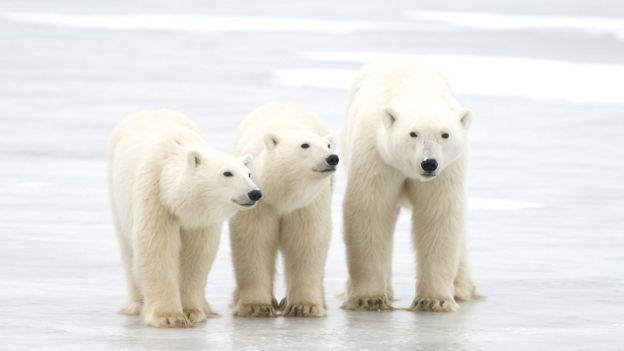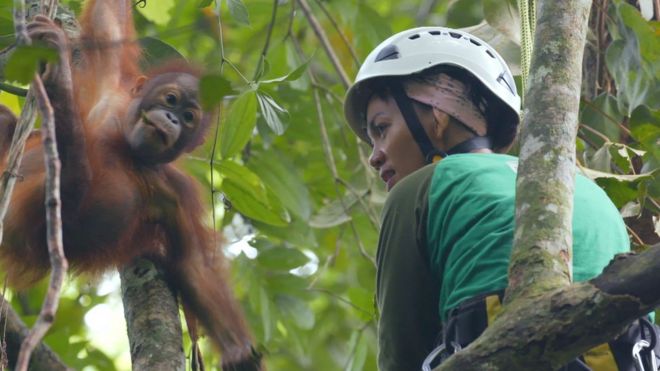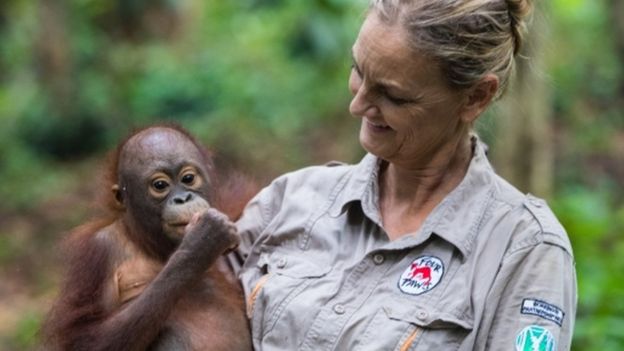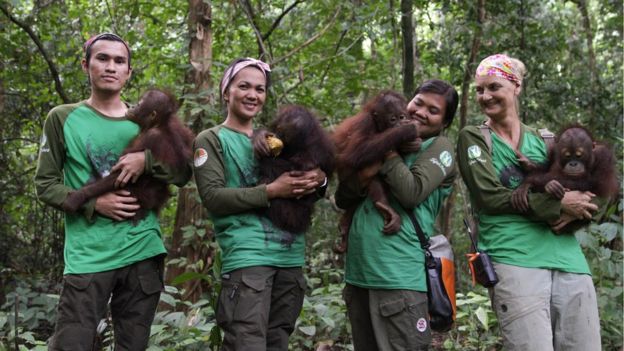
We now have the clearest picture yet of how different the world is today as a result of human-driven climate change. The most comprehensive report to date on the physical science of climate change was published today by the United Nations Intergovernmental Panel on Climate Change (IPCC). "Climate change is a problem that is here now. Nobody’s safe, and it’s getting worse faster,” Inger Andersen, executive director of the United Nations Environment Program, said in a press conference today. “We must treat climate change as an immediate threat.”
Extreme events — from floods to heatwaves and droughts — have gotten worse, the report says in a nutshell. And scientists are even more certain than they were before that humans’ greenhouse gas emissions, including carbon dioxide and methane (which makes up a majority of “natural gas”), are to blame.
The IPCC is considered a leading authority on climate science, and its new report has more than 230 authors from 66 countries around the world. Today’s findings are an update to a similar report in 2013, and they incorporate the body of research that’s been published in scientific journals since then.
Researchers have gotten a lot better at judging how much climate change affects individual weather events since 2013, which makes a big difference this time around. For example: in July, a record-smashing heatwave in the US Pacific Northwest and Southwest Canada buckled roads and killed hundreds of people. In less than two weeks, an international team of researchers was able to determine that the extreme heat would have been “virtually impossible” without climate change.
Nearly every region of the world outside of polar regions have seen an uptick in extreme heat events since the 1950s, according to the new IPCC report. Across the globe, extreme heatwaves now occur five times more frequently than they did between 1850 and 1900 (a baseline often referred to as the preindustrial period), according to the report. Heat also exacerbates drought in some regions of the world. Droughts that previously only occurred once every decade are now 70 percent more frequent than they were in the preindustrial era.
The consequences of the climate crisis, however, are diverse and far-reaching. Severe storms and floods are another growing problem. What were previously once-in-a-decade downpours are happening 30 percent more frequently today. When it comes to tropical cyclones, there’s a greater proportion of major storms (ranked a category 3 or higher), meaning hurricanes and typhoons have grown stronger.
“Extreme weather is occurring with more frequency across the entire planet,” Paola Andrea Arias Gómez, one of the authors of the IPCC report, said during the press briefing. “We now can attribute that these changes are mainly driven by human activity.”
More bad news: without drastic action to curb the use of fossil fuels, things will get worse. Leading climate experts have set a target of limiting global warming to no more than 1.5 degrees Celsius above preindustrial levels, in order to avoid some of the worst-case scenarios that climate change could create. We’ve already reached 1.1 degrees Celsius of warming, and the report says we could reach or even surpass that dreaded 1.5 degree threshold within the next couple of decades.
What does that mean for extreme weather? Get ready for more “unprecedented” events — basically, things that have never happened before. The report authors outline five ways this is expected to happen in the future: extreme events will be even more extreme. They’ll be more frequent. There’s a greater chance of extreme events happening back to back or even different kinds of disasters happening at the same time. They’ll happen in places that surprise us. And the timing of these catastrophes will be unpredictable.
There are all sorts of other problems detailed in the new report, including vanishing ice, rising sea levels, and scary tipping points that could accelerate the pace of the climate crisis.
There are also two more key reports expected to be published by the IPCC early next year: one that details how all of these changes to the planet will affect human life as we know it and another one that outlines potential solutions. Notably, today’s report is the only one that will be ready in time for the upcoming United Nations climate conference in November when world leaders are expected to discuss ratcheting up commitments to rein in their planet-heating pollution.“This report is a reality check,” Valérie Masson-Delmotte, co-chair of the IPCC working group responsible for the report, said in a press release. “We now have a much clearer picture of the past, present and future climate, which is essential for understanding where we are headed, what can be done, and how we can prepare.”
















